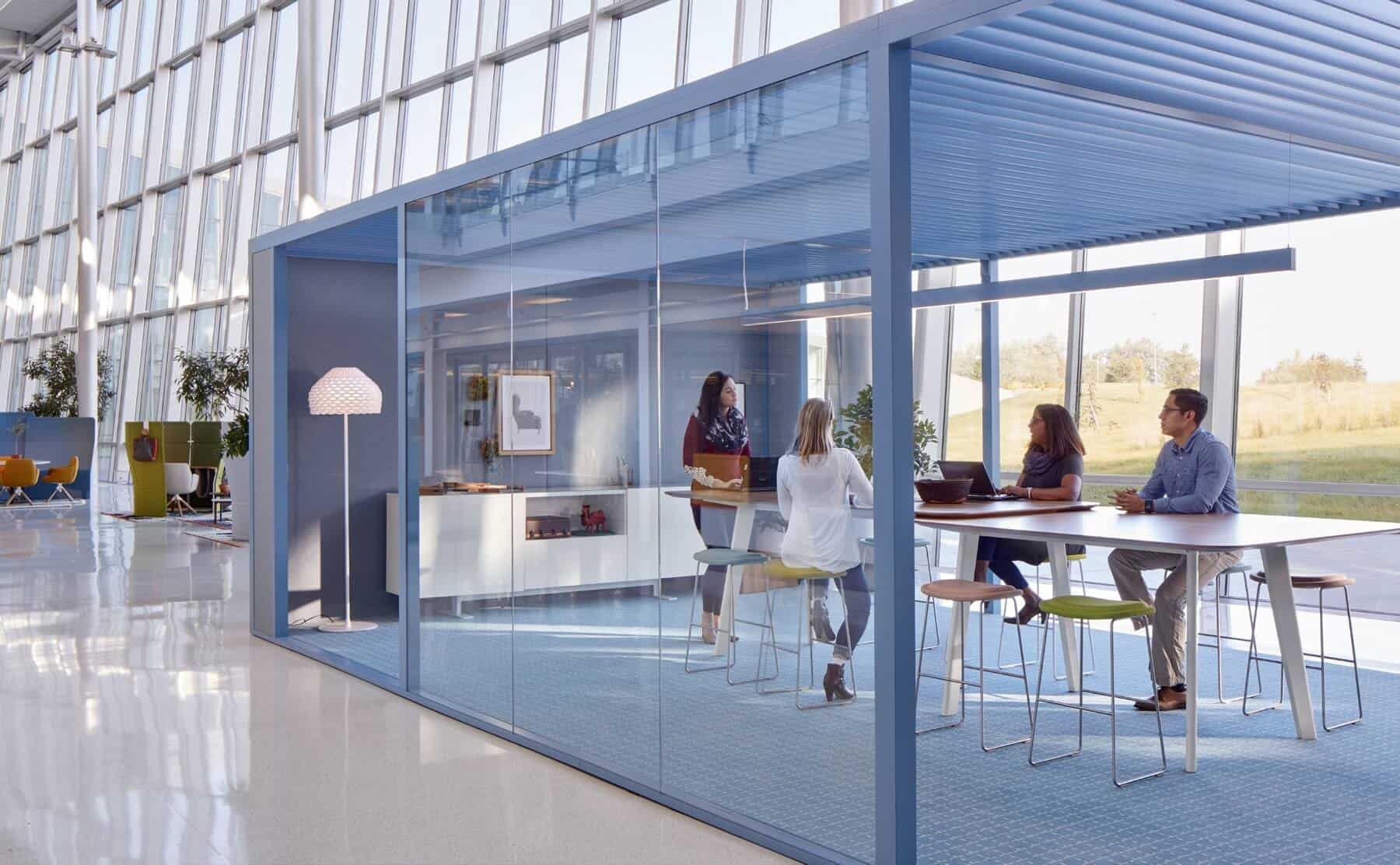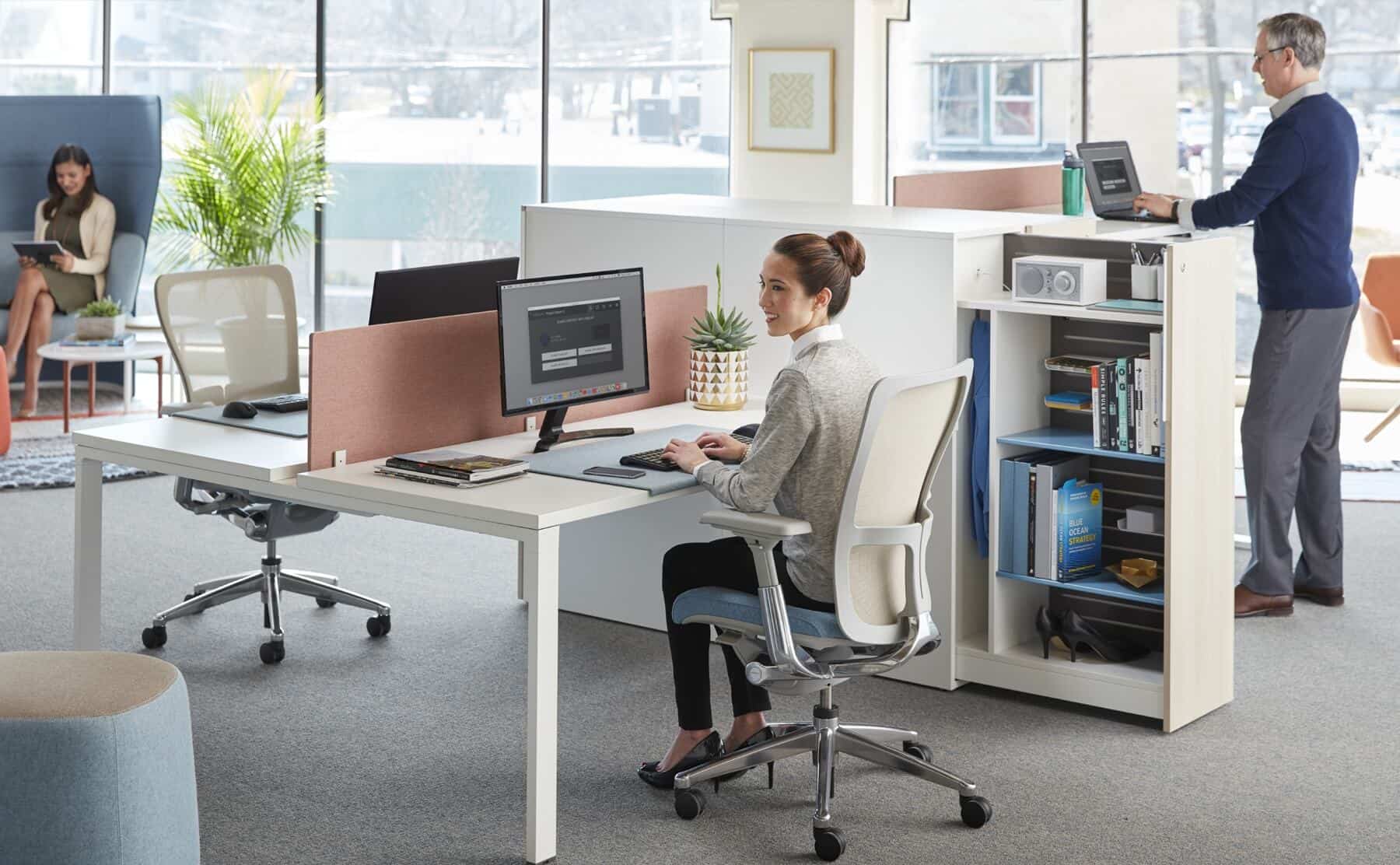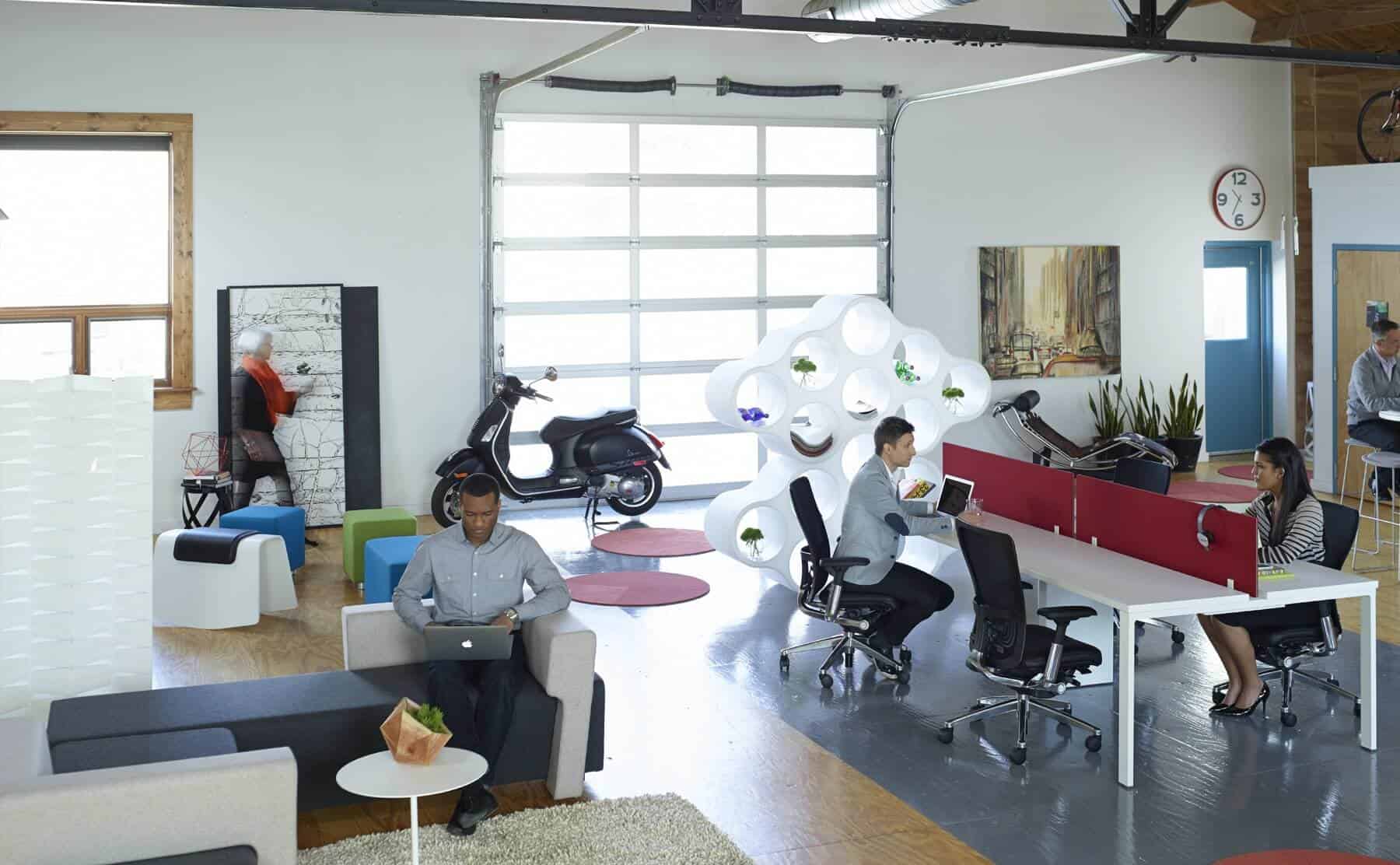YPO Global Pulse – Q1 2017
The YPO Global Pulse Confidence Index remained stable, rising .3 points in the first quarter of 2017 to 62.5. The United States Confidence Index remained steady at 64.9, while in Canada, confidence climbed 3.7 points to 62.1. Latin America's confidence dropped 1.2
Determining Lumbar Support in Task Seating
Lumbar Support The Human Performance Institute at Western Michigan University (WMU) conducted a laboratory study to determine the location and magnitude of lumbar support that a user requires for his/her lower back while sitting in a task chair. Click the image below
Competing Values Framework
The Competing Values Framework was developed initially from research conducted by University of Michigan faculty members on the major indicators of effective organizational performance. Click the image below to read the full article.
Are Gen-Y’s Brains “Modular” or “Unconscious”?
Many people assume that younger workers can process information in fundamentally different ways than their older counterparts. This paper reviews research relevant to that assumption and explores the association between office design and communication styles. Click the image below to read
Environment conditions and job satisfaction
The current research explores details about satisfaction with lighting and views and the nature of the link between environmental satisfaction and job satisfaction. Click the image below to read the full article.
An Easy, Effective, and Useful Measure of Exterior View
Haworth has developed a new, simple way to measure the quality of exterior view from within office environments. Particularly, views of nature outside office buildings are important contributors to the occupancy quality of employees. This technique involves four easy steps
Building a Transformation
As President of Pacific Office Interiors, one of my primary objectives is to make sure our brand and promise resonate with both our current business model and vision for the future. This has been a significant effort during the past
Physical Space and Social Interaction
This topic demands an interdisciplinary focus since an adequate synthesis of the scientific information available includes at least the fields of architecture and interior design, psychology, sociology, anthropology, and geography. Although reaching consensus across such a diversity of theoretical orientations
One in a Million: Individual Work and Space
One in a Million: Individual Work and Space This paper theorizes on the relationships that exist between individuals, how they do things in the office, and how to best plan environments for those consistently displayed behaviors. Insights are offered on the
Alternative Workplace Benchmark Study
In these volatile economic times, organizations are looking for ways to reduce fixed costs and are closely examining their real estate portfolios, which are typically their largest expense after people and technology. Yet, many organizations ignore a largely untapped resource: acres of empty desks. Technology has freed employees to work virtually anywhere – and they are doing so each day. A study by New Ways of Working, a member organization focused on alternative work styles and workplaces, found that more than a quarter of employees in leading-edge organizations do not work in a traditional workspace. Yet, 73% of respondents still assigned a dedicated workspace to these workers, therefore not realizing the full potential of space savings. Even among those who “go to the office,” many have no assigned workstation or office. Of those who were reported as mobile employees (13%), nearly half (45%) are mobile within the office – attending meetings, working collaboratively with team members, or checking emails while in the company cafeteria. And these figures tell only the official story. “The actual mobility rate is much higher as employees don’t wait to be formally enrolled in a program, but literally vote with their feet and seats, “says Joe Ouye, co-founder of New Ways of Working. “All they need is a laptop and a broadband connection.” Key findings from the survey: • The top drivers for implementing alternative workplace solutions are employee related: work / life balance (81%), and attraction / retention (69%). Cost savings (66%) was the third-most frequently mentioned driver. • A variety of work locations and workspaces are provided at leading companies including on-site flexi/drop-in/touchdown spaces (94%), homebased offices (78%), satellite offices (47%) and non-company locations (41%). • Of all companies providing support for home work environments for employees, 69% had employees spending three or more days working at home, 8% spent two days working at home and 23% spent one day a week working at home. • Thirteen percent of the employees in the survey are mobile employees. Of these, nearly half (45%) are internally mobile employees–mobile within the office. • Mobile and home-based employees are consistently provided mobile hardware (laptops provided by 100%, mobile phones 88%, office furniture 44%) technical support, and expense reimbursements. Interestingly, although all provide laptops, only 59% pay for internet connectivity or telephone service. • Two sectors — Manufacturing and Banking and Investment / Insurance — have more traditional, assigned-seat workers than do companies in other sectors (94% and 83% versus 70% to 55%). • No surprise, middle management concerns continue to be the dominant barrier for implementing virtual work environments (81%). Other significant barriers include organizational culture (75%), executive buy-in/ endorsement (41%), security concerns (41%) staff concerns over the possibility of losing assigned space or location (41%) and funding (38%). • Real estate divisions are the most common business unit that runs the alternative workplace program (59%). Human Resources departments runs the program in 22% of the cases. • Most organizations use a variety of performance measurement metrics to measure the effectiveness of their workplace programs. Among them are employee satisfaction (69%), cost / workspace / footprint reduction (53%), and employee productivity (44%). Surprisingly, almost one fifth of the survey organizations (19%) have not instituted metrics for measuring program performance. • Organizations with alternative workplaces also employ other alternative work options such as job sharing (50%), flexible work hours (91%), and part-time work (75%).












